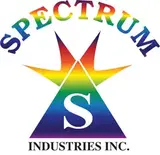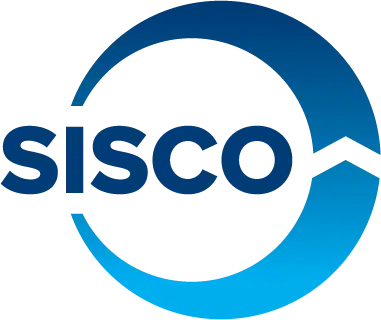Generator Protection
Cybersecurity for Protective Devices
Emerging Cybersecurity Technologies for Smart Grids
Transformer Protection
Differential Protection for Power Transformers
Lightning Protection Systems
Mesh Conductor Systems: Modern Solutions for Lightning Protection on Complex Roof Structures
Motor Protection
Bearing Protection of Inverter-duty Motors
Overcurrent and Short Circuit Protection
Wireless Monitoring and IoT
Electrical Protection
Improving Grid Stability
Electrical transformers are vital components in power transmission and distribution systems, stepping up or down voltage levels to efficiently deliver electricity. However, these transformers are susceptible to various internal and external faults that can lead to catastrophic damage and widespread power outages. To maintain grid stability and reliability, robust transformer protection schemes are essential. This article explores the importance of transformer protection, different protection methods, and their impact on overall grid performance.
Visit Our Electrical Protection Study Course
The Role of Transformer Protection in Grid Stability
Preventing System-wide Outages
Transformer protection schemes are designed to detect and isolate faults quickly, preventing them from escalating into major outages. By promptly identifying issues like short circuits or overloads, these protection systems can minimize the extent of disruptions, ensuring that the bulk of the grid remains operational.
Maintaining Power Quality
Effective transformer protection also plays a crucial role in maintaining power quality. It helps in managing voltage levels, reducing harmonics, and preventing voltage sags or swells, which can adversely affect sensitive industrial equipment and lead to operational inefficiencies.
Why is Transformer Protection Crucial?
Transformers represent a significant investment in any power grid. Their failure can result in:
- Equipment Damage: Faulty transformers can...

















_1744640698.png)
